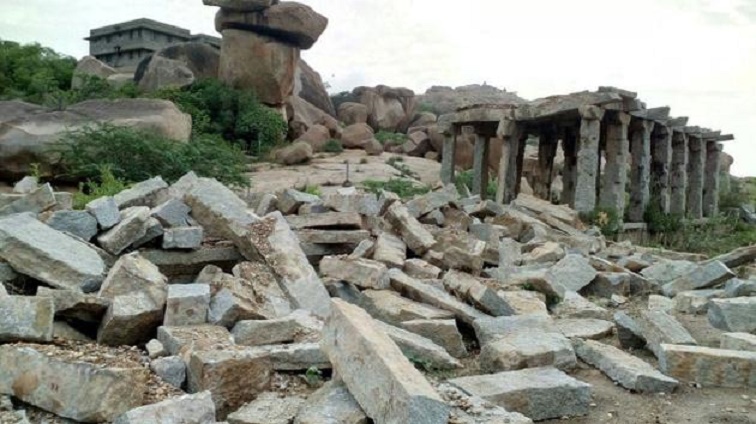Sew La Ti Embroidery:
Asia
Star Place — it's ready!
France: France returns looted gold antiquities to China

India: Buddhist sites in Thotlakonda and Bavikonda cry out for attention

Heritage: Taxila, the lost civilisation

India: Mughal gateway collapses in North Delhi

South Asia: Looted Indian statue recovered

East Asia: How to save the disappearing Great Wall of China?

East Asia: China starts restoring Great Wall's oldest section

Java: Centuries-old Sukuh temple undergoing restoration work

India: Lothal, 4,400-year-old `City of Dead', being killed slowly

Central Asia: Bamiyan Buddhas rise again... in 3-D

India: Hampi’s ‘saalu mantapas’ collapse

India: Prehistoric cave art near Agra in peril

India: Himachal govt to brainstorm ways to protect Buddhist heritage in Tabo

Nepal: Nepal to re-open UNESCO heritage sites to tourists in August

Heritage: Experts to meet on safeguarding Angkor site

Heritage: Silver rush eats away at 2,000-year-old Indo-Scythian city in Pakistan

East Asia: Chinese authorities bust intricate ring of tomb raiders

Central Asia: Scholars rush to save Mes Aynak

East Asia: 800-year-old Buddhist statue of 'goddess with thousand hands' restored to former glory

